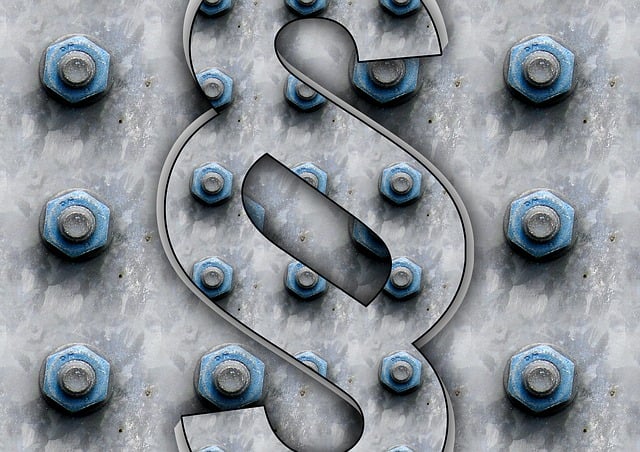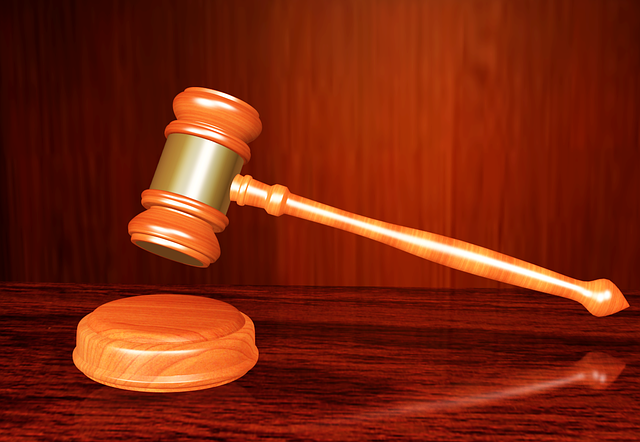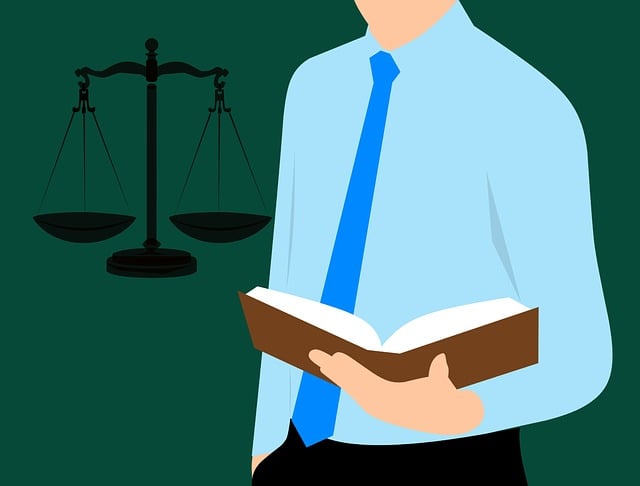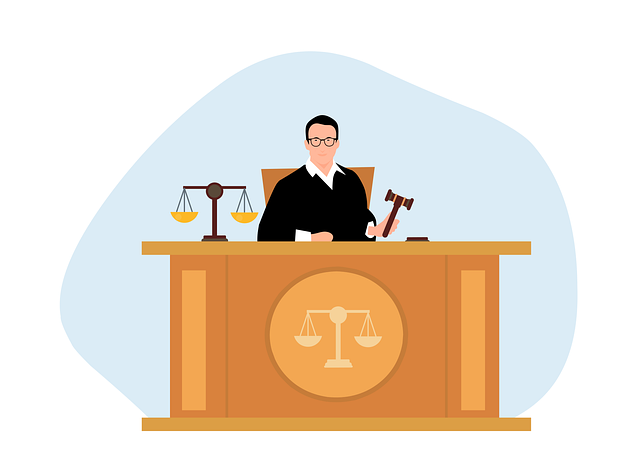Understanding car accident fault involves assessing evidence like witness statements, police reports, and vehicle damage to determine if speeding, red light violations, or other driver actions caused the collision. In complex cases, multiple parties may be liable, requiring scrutiny of insurance coverage and employment contracts. A thorough investigation using medical records and expert opinions ensures fair compensation based on each party's responsibility.
In a head-on collision, establishing fault is paramount for determining liability. This complex process involves a nuanced understanding of the legal definition of fault and careful consideration of multiple factors. Evidence and testimonies play a pivotal role in piecing together the events leading up to the crash. By examining these key elements, we can uncover the responsibilities and negligence that contribute to car accident fault, ultimately shaping the outcome for all involved parties.
- Understanding Legal Definition of Fault
- Factors Considered in Determining Liability
- Impact of Evidence and Testimonies
Understanding Legal Definition of Fault

In legal contexts, determining fault in a car accident involves understanding the specific definition as laid out by laws and regulations. The term “fault” refers to the responsibility for causing a collision, which is a critical aspect in personal injury claims. When two vehicles collide head-on, establishing fault often hinges on evidence that demonstrates one or both drivers breached their duty of care. This breach can result from actions like speeding, running red lights, or failing to yield.
The legal definition of fault extends beyond individual driver conduct; it also encompasses factors such as vehicle maintenance and road conditions. In cases involving complex scenarios like nursing home neglect or commercial disputes, determining fault becomes even more intricate. For instance, if a client claims they suffered injuries due to negligence during their recovery period at a facility, the focus shifts to assessing the liability of various parties involved—from the driver (if applicable) to the establishment itself.
Factors Considered in Determining Liability

When determining fault in a head-on collision, several factors come into play. Law enforcement officers and insurance companies carefully assess the circumstances surrounding the accident to establish liability. Key considerations include the physical evidence at the scene, witness statements, and the driver’s behavior before and during the incident. For instance, if one driver ran a red light or was speeding, these actions significantly contribute to proving fault.
Additionally, the investigation may involve examining insurance coverage dispute resolutions, especially when serious injuries are involved. Employment contracts could also be relevant if one of the drivers was on the clock at the time, as this might impact liability and potential workers’ compensation claims. These factors collectively help in reaching a fair conclusion regarding who is at fault for the car accident.
Impact of Evidence and Testimonies

In the aftermath of a head-on collision, evidence and testimonies play a pivotal role in determining car accident fault. Police reports, damage assessments, and witness statements are crucial components that help investigators piece together what transpired. These records provide tangible proof of events, including speed estimates, impact points, and vehicle damage patterns. For instance, the angle of impact and the distribution of damage can offer insights into which driver was speeding or failed to yield.
Additionally, medical records and expert opinions from truck accident attorneys contribute significantly to establishing fault. Serious injuries sustained in such collisions often leave a trail of evidence that can directly link a specific driver’s actions to the incident. Accident settlements are also influenced by these factors, as courts rely on comprehensive data to award compensation commensurate with the degree of responsibility each party bears.
In the event of a head-on collision, establishing car accident fault is a multifaceted process. By understanding the legal definition of fault, considering various factors like vehicle damage, witness testimonies, and physical evidence, the determination of liability becomes more precise. This comprehensive approach ensures that justice is served and victims receive the compensation they deserve, making it crucial for all parties involved to grasp these key aspects in navigating such incidents.






